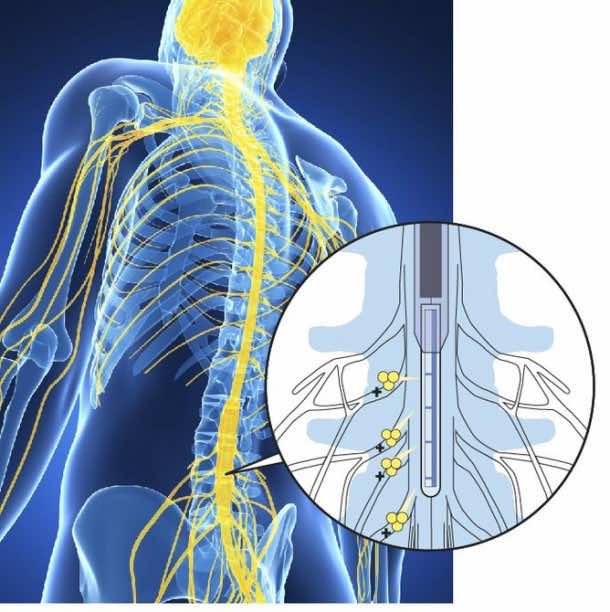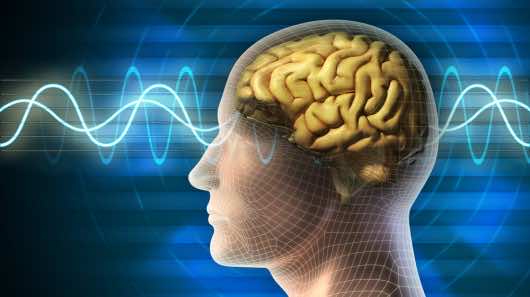Linköping University in Sweden has come up with a brand new kind of medical device. This device has the potential of one day freeing the chronic pain sufferers from the misery they go through. This feat shall be achieved by having the body’s own signals pertaining to pain relief being released at the right time and being distributed where needed. The ‘ion pump’ has been created from organic electronics and is capable of being implanted in patients and cutting pain signals before they reach the brain through the spinal cord.
The working is somewhat similar to a pacemaker; the latter sends electric pulses in order to rectify the heartbeat whereas the former will be cranking out neurotransmitters in orders to stop the pain signals from reaching the brain. What really sets it apart is the fact instead of employing electrodes that send electric signals in their pure form, the device sends chemical signals that are able to communicate with human body and internal systems far more effectively.
The basic idea behind this device is to create stimulation for the pain alleviators located inside the body and intervene while pain signals try to reach the brain from the spinal cord. The team has already tested the device on live rats that were allowed to move freely. The device was sending out G-aminobutyric acid (GABA) to four unique locations where the damaged nerves were connected to the spinal cord. The results concluded that the gadget was able to block pain signals from finding their way to the brain and imparted zero side effects.
Daniel Simon, Assistant Professor at Linköping said, “What’s unique is that we’re using organic electronics to send the body’s own chemical signals. The organic materials are easily accepted by the body, and they communicate just as in biology, with charged ions.” The team is hopeful that this device will be market-ready in about 5-10 years and could also be used for pushing substances to other parts of the body and hence help out in treating Parkinson’s or epilepsy. The research has been published in the journal Science Academy.


